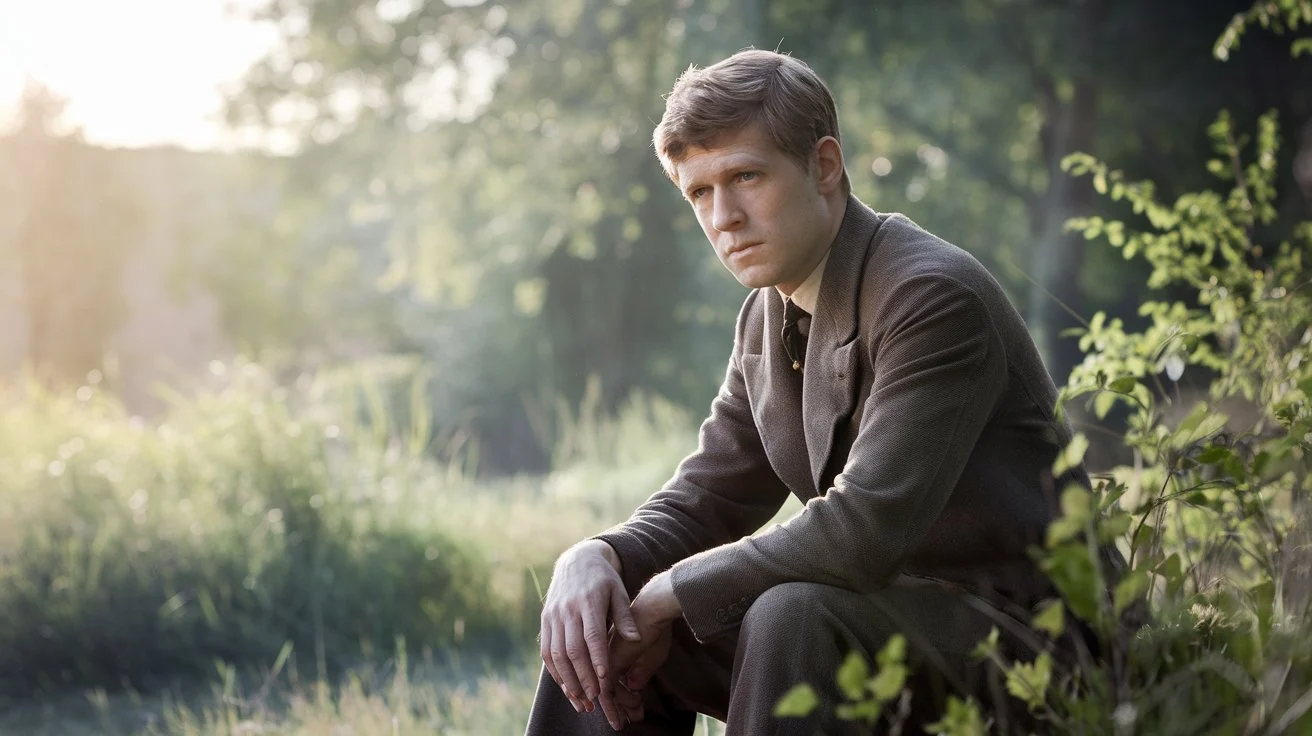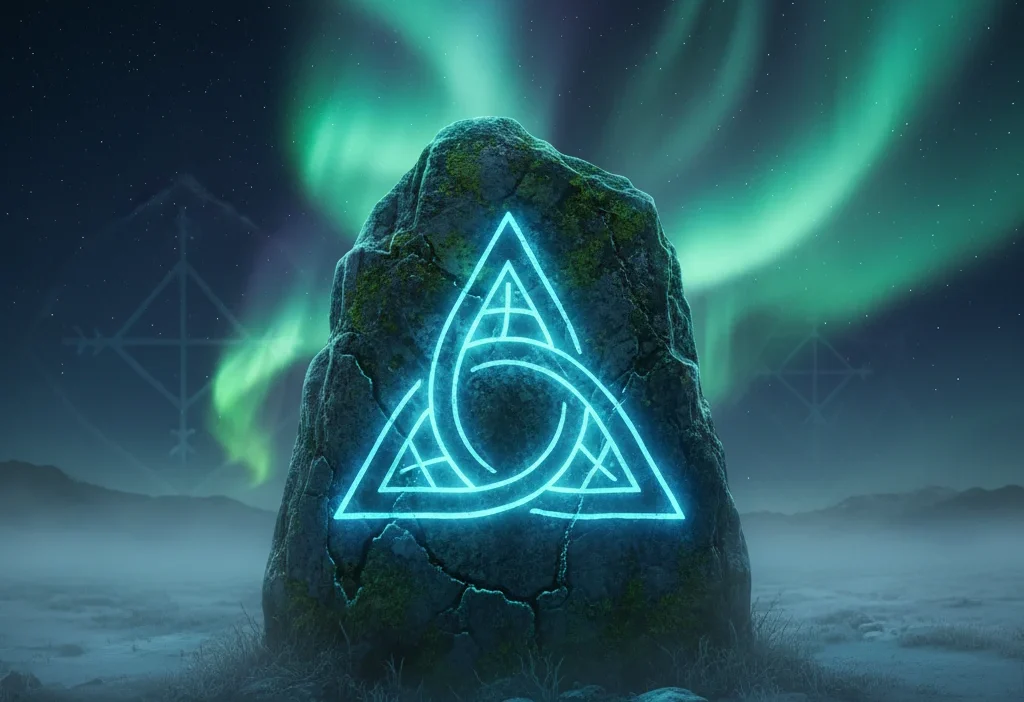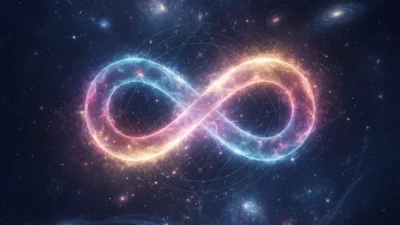The Valknut — three interlocking triangles — is one of the most fascinating and mysterious Norse symbols. Often associated with Odin, death, and the afterlife, it appears on ancient Viking artifacts, runestones, and burial sites. But what does the Valknut symbol truly mean, and why has it captured so much spiritual and cultural interest even today?
This article explores its origins, symbolic meanings, modern interpretations, and spiritual significance, combining archaeology, mythology, and psychology — aligned with Google’s EEAT principles (Experience, Expertise, Authoritativeness, and Trustworthiness).
Origins of the Valknut Symbol
The Valknut’s origins trace back to the Viking Age (8th–11th centuries), when Norse mythology shaped the worldview of Scandinavian societies. The symbol appears carved on ancient stones, like the Stora Hammars stones in Gotland, Sweden, and the Tängelgarda stone, both depicting scenes of warriors and the god Odin.
The name Valknut itself comes from Old Norse:

- “Valr” = slain warriors
- “Knut” = knot
Hence, “Valknut” literally translates to “knot of the slain” — linking it to Odin’s role as the god of war and death, who guided fallen warriors to Valhalla.
The symbol’s interlocking triangles may represent:
- The cycle of life, death, and rebirth
- The connection between the mortal world and the divine
- The bond between warrior and god
While no historical text explains its meaning directly, scholars connect it with Odin’s magical powers to bind and unbind fates — the same powers used to guide souls in and out of life.
Spiritual Meaning of the Valknut Symbol
Spiritually, the Valknut represents the mystery of existence, the transformation of the soul, and the eternal connection between life and death. It’s not just a war emblem — it’s a reminder of the cyclic nature of the universe.
1. Connection to Odin and the Afterlife
Odin, the Allfather, was known for his wisdom, sacrifice, and dominion over the slain. The Valknut is seen as his sigil, marking his presence in the realm of the dead and symbolizing the transition of warriors into Valhalla.

2. Spiritual Transformation
In modern spirituality, the Valknut is seen as a symbol of awakening, transformation, and self-sacrifice. It invites reflection on:
- The power of change
- The acceptance of mortality
- The search for higher wisdom
3. Symbol of Interconnectedness
Its geometric design — three triangles interlocked — is a powerful reminder of unity through duality and struggle. It symbolizes how body, mind, and spirit interconnect, echoing ancient Norse beliefs about fate and the web of life.
Cultural and Historical Context
The Valknut is often found alongside runes and depictions of Odin’s ravens, wolves, or horses — each a sign of death, protection, or travel between realms. In Norse culture, death wasn’t an end but a passage into another form of existence.
Artifacts that display the Valknut include:
- Runestones: Found in Sweden and Denmark, usually carved on graves.
- Oseberg Ship Burial (Norway): Designs resembling the Valknut appear on burial goods.
- Viking amulets and shields: Suggesting it was also a protective symbol for warriors.
In ancient rituals, the Valknut may have symbolized Odin’s choice of warriors to die in battle, binding them to Valhalla. This notion gave courage and spiritual strength to Viking fighters.
Modern Interpretations and Uses
Today, the Valknut has transcended its ancient roots. It appears in tattoos, jewelry, Norse pagan practices, and even in modern pop culture — from video games like Assassin’s Creed Valhalla to heavy metal logos.
However, the symbol’s meaning varies depending on personal belief:

1. Spiritual Empowerment
Many wear the Valknut as a sign of courage, transformation, and divine protection — representing one’s willingness to face life’s challenges with bravery and acceptance.
2. Symbol of Heritage
For those with Norse ancestry, it’s a cultural emblem, honoring the wisdom, strength, and honor of Viking ancestors.
3. Contemporary Paganism
In Ásatrú (modern Norse paganism), the Valknut is a sacred spiritual sign, used to connect with Odin’s wisdom and seek insight during meditations or rituals.
⚠️ Note: Unfortunately, some extremist groups have misused ancient symbols, including the Valknut. However, most people reclaim it as a symbol of peace, spirituality, and historical reverence.
Psychological and Symbolic Perspective
From a psychological viewpoint, the Valknut mirrors Carl Jung’s archetype of transformation — the death of the old self and rebirth into higher consciousness.
Each triangle can represent:
- Birth
- Life
- Death
Together, they form an endless loop, suggesting that death is not the end but renewal.
In modern symbolism:
- The first triangle is the physical world (body).
- The second triangle is the mental realm (mind).
- The third triangle represents spiritual truth.
Interlocking them creates the balance of existence — much like the yin-yang concept in Eastern philosophy.
How It’s Used in Modern Culture
The Valknut symbol’s resurgence in modern culture stems from its timeless mystique and aesthetic symmetry. It appears in:
- Tattoos – symbolizing courage, death, and rebirth.
- Jewelry – as protection charms.
- Movies & Games – representing ancient Norse wisdom.
- Art & Literature – used to depict eternal cycles and divine energy.
In fashion, it embodies minimalist strength — sharp lines and spiritual weight. In spirituality, it’s used for meditation and self-reflection, reminding practitioners of the ever-present link between mortality and transcendence.
Related Symbols and Meanings
The Valknut doesn’t stand alone in Norse mythology. It’s often connected with other powerful symbols:
| Symbol | Meaning |
|---|---|
| Yggdrasil | The World Tree – cosmic axis connecting all realms. |
| Mjölnir | Thor’s hammer – protection and power. |
| Vegvísir | Viking compass – guidance through storms. |
| Triquetra | Celtic threefold knot – life, death, rebirth (similar geometry). |
All these symbols share a common theme — interconnection, protection, and the eternal cycle of existence.
Symbolism in Different Contexts
Spiritual Context:
Represents unity of mind, body, and soul — a reminder of divine order.
Cultural Context:
Marks bravery, warrior’s honor, and connection to Norse ancestry.
Modern Context:
Used for self-expression, self-discovery, and aesthetic symbolism.
Philosophical Context:
Symbolizes acceptance of fate (wyrd) and the cyclical nature of existence — the balance between control and surrender.
FAQs
Q1: What does the Valknut symbol represent?
It represents Odin’s power, the cycle of life and death, and spiritual transformation. It’s a reminder that every ending leads to a new beginning.
Q2: Is the Valknut a Viking symbol?
Yes. It’s one of the most recognized Viking symbols, found on ancient Norse stones and artifacts related to warriors and Odin.
Q3: Is it safe to wear the Valknut?
Absolutely. It’s a symbol of courage, wisdom, and spirituality. Just be mindful of its sacred roots and historical context.
Q4: What is the spiritual meaning of the Valknut?
Spiritually, it symbolizes rebirth, divine connection, and transformation — a path to self-discovery and enlightenment.
Q5: How is the Valknut different from the Triquetra?
While both have interlocking designs, the Valknut connects to Odin and Norse mythology, whereas the Triquetra has Celtic and Christian interpretations.

D. H. Lawrence was a visionary writer and poet known for exploring the connection between human emotion, nature, and the divine. His reflections on life often reveal the spiritual depth hidden in love, instinct, and natural symbolism. Through his words, readers are invited to rediscover the sacred bond between the soul and the living world.



